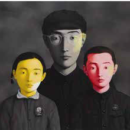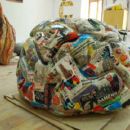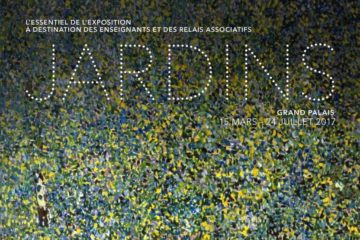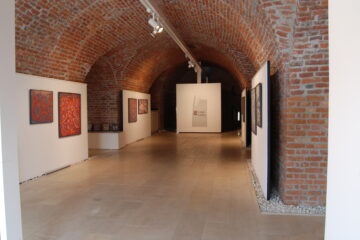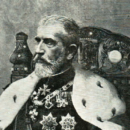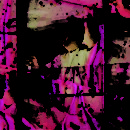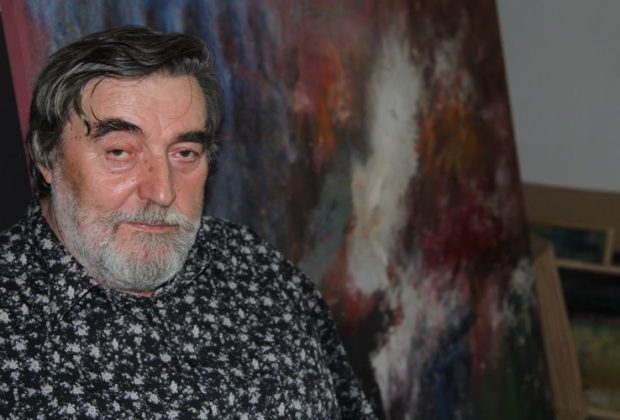
Ioan Sbârciu
Prof. Ioan Sbârciu is one of the greatest contemporary painters, rector and dean of the Art and Design University, Cluj-Napoca and president of the Senate of the University. His name is linked to the phenomena called Cluj Painting School and he has opened the path for many young artists. We challenged the professor to debate the profound mechanisms of the artistic creation and formation, the privileged themes of his creation, the context in which the artists in Cluj were educated – as they are currently considered some of the world`s best artists – and also the importance of his pedagogical activity and the place of Romanian contemporary art in the Western art world.
How did the story of Ioan Sbârciu the painter begin?
If we are to talk about stories, there is a moment (an episode if you wish) that somehow marked my childhood… I was 4 years old and a friend of the family saw one of my realistic drawings that depicted two horses – and told me: You will become a great painter! He took the drawing and every time we met again, he would ask me what else did I draw…at school, my teacher was always encouraging me to draw. I was always the example to follow and this meant a great deal to me. I continued drawing; everyone knew this was my talent. So I decided, without any doubt in my mind, that I would be a painter. However, if we are to discuss my activity in this field, there were some important moments.
First and foremost, I was admitted to the Institute of Plastic Arts “Ion Andreescu”. I studied there, I had professors I highly valued and friends and colleagues who inspired me ambition, I won first prizes in many national contests (back in the days, these competitions were the only way for students to make themselves known because there was no art market, no international artistic system – the Painting students from Cluj were competing against students from Baba`s or Ciucurencu`s classes in Bucharest). Afterwards, I worked as a professor at the High school of Plastic Arts in Cluj and this has a left a fundamental mark on me (I was with my disciples all the time, I have invested a lot of time and commitment to help them evolve, win prizes and become artists).
Before the Revolution, the Union of Plastic Artists had a closed attitude towards young artists – this seems extremely interesting today. There was no international context back then and the Union, controlled by the party, had its doors closed and the same artists were praised by the critics and appreciated by the public. I didn`t attempt to become a member at that point, because I was in total disagreement with the situation; I focused on my artistic and pedagogical activity; my works, in particular the Don Quijote series, were illustrating a lot of the convictions I had. After becoming a member of the Union (at the end of the 80s) I got extremely involved in its activities and became president of the Cluj branch and vice-president at national level and I also organized many exhibitions.
However, after 1990, the fact that I became a full time tenured professor at the Painting Department within the Plastic Arts Academy “Ioan Andreescu” (currently the University of Arts and Design in Cluj-Napoca) determined me to fight for reforming and internationalizing the artistic university education; thus, the consequent jobs I had as the manager of this institution (senior teacher, dean, rector between 2000 – 2008 and president of the UAD Senate since 2008 and up to the present) played an essential role in the fulfillment of this aim (which was not a personal one but it was the aim of our entire generation of professors and in particular of our students) and in the transformation of this institution and, I believe, of Cluj`s cultural context in becoming what it is today.
——————————————————————————————————————————–
Continue reading in The Art of Living no. 16, an issue dedicated to contemporary art. DOWNLOAD


